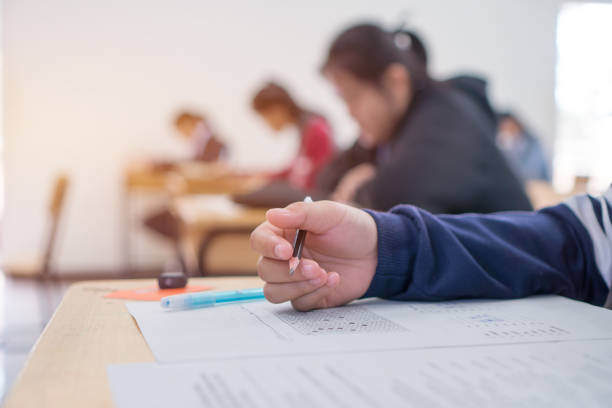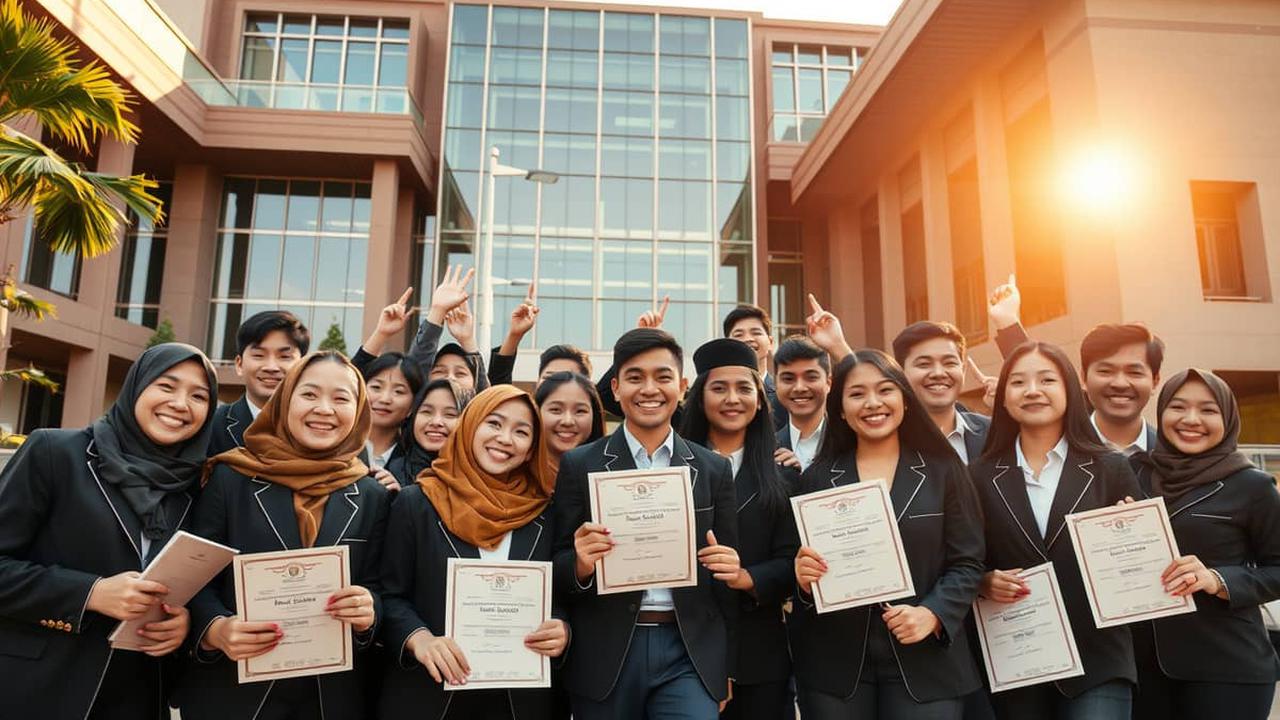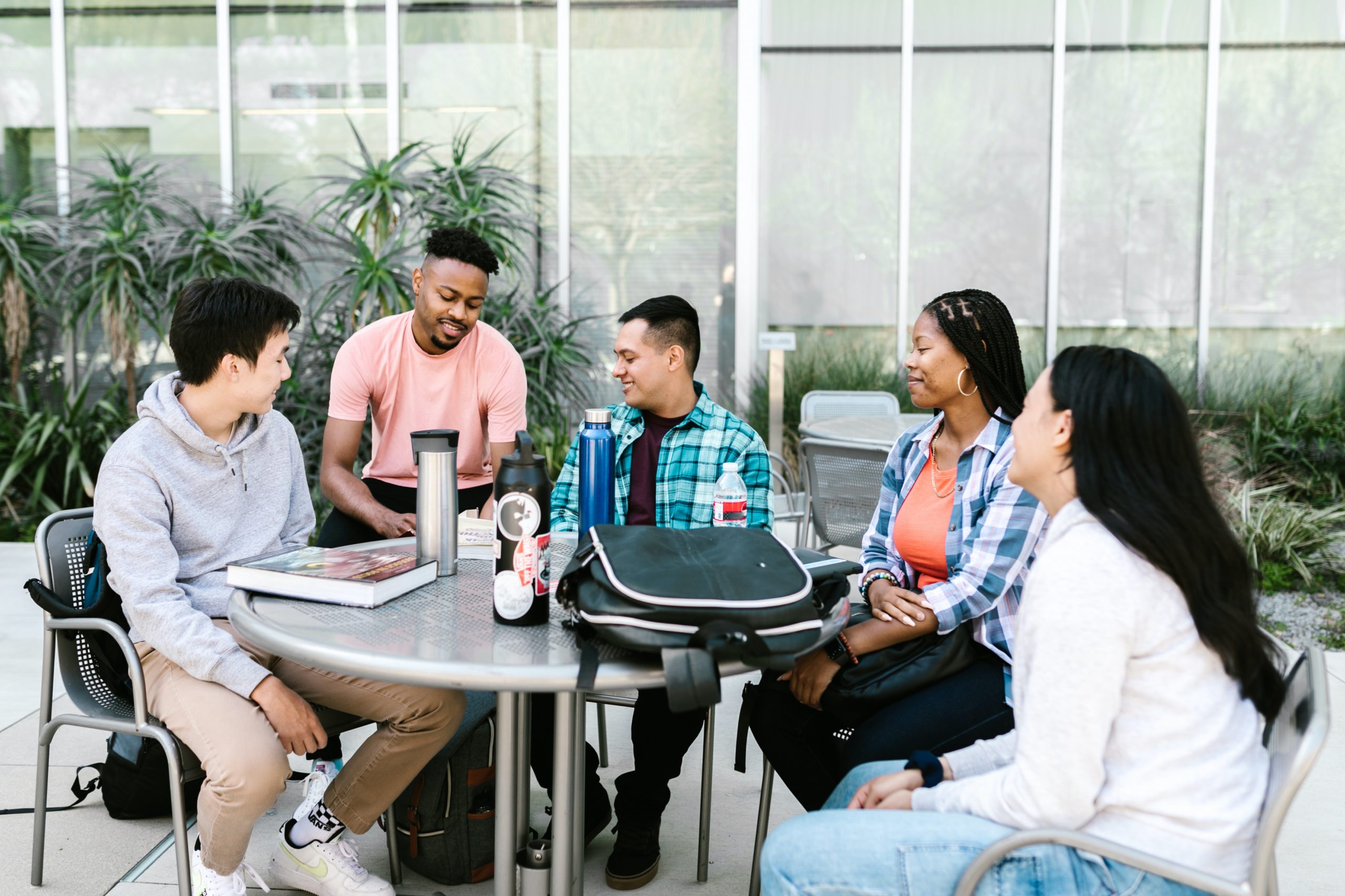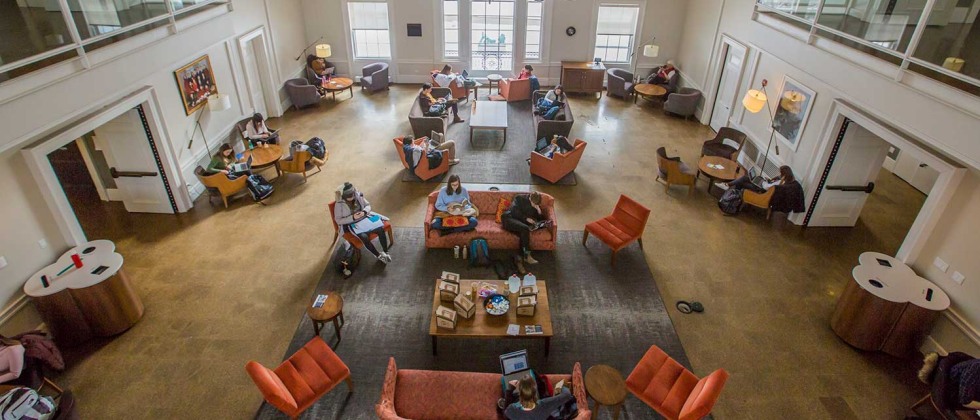
JAKARTA, inca.ac.id – The physical environment of a campus plays a crucial role in shaping the educational experience of students. Campus facilities are more than just buildings; they encompass libraries, laboratories, classrooms, recreational areas, and support services that collectively enhance the learning environment. This article examines the significance of campus facilities in promoting student success and how well-designed spaces can foster academic achievement.
Understanding Campus Facilities
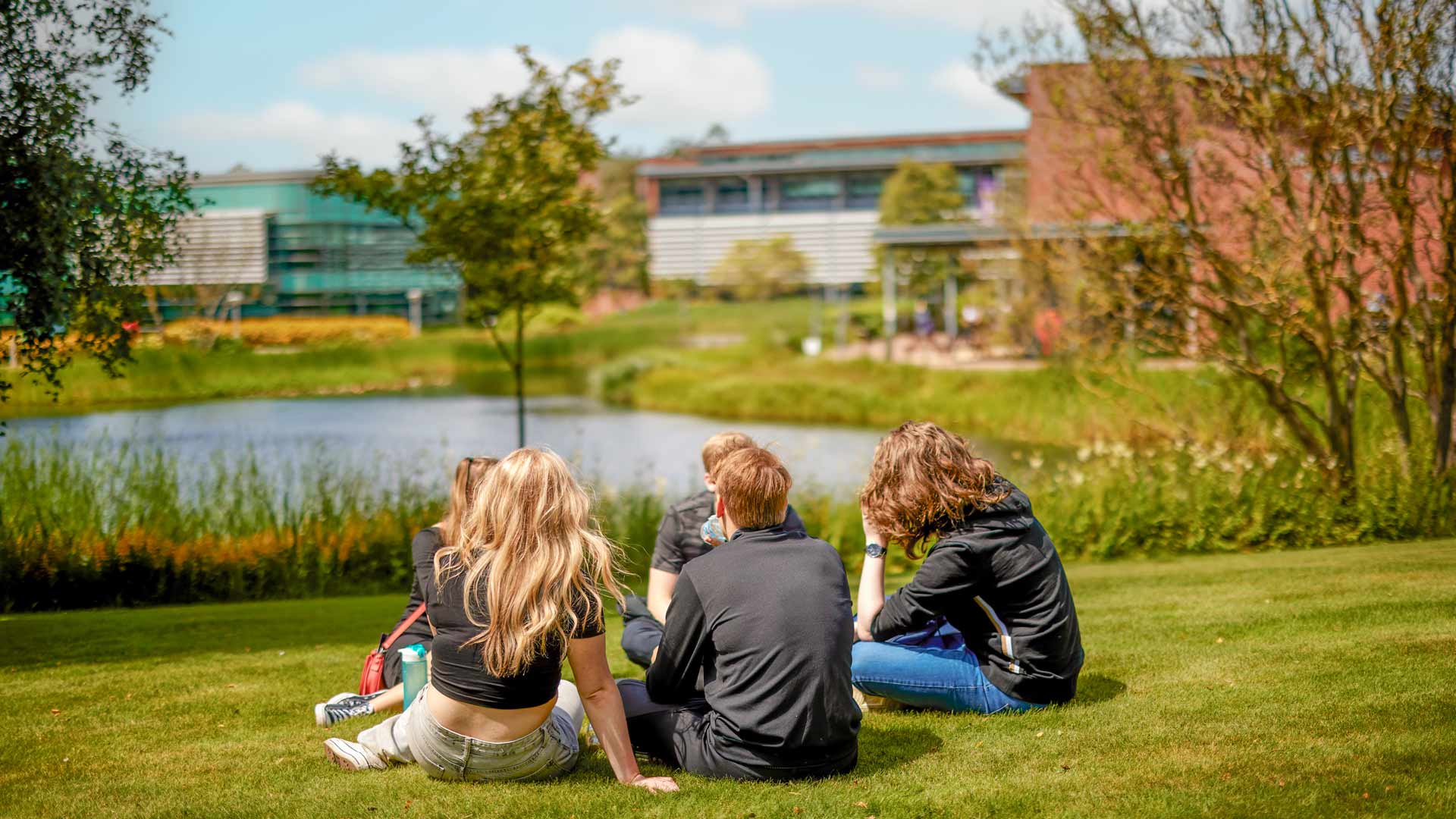
What Are Campus Facilities?
Campus facilities refer to the various physical resources and structures available to students, faculty, and staff on a college or university campus. These facilities include:
- Classrooms and Lecture Halls: Spaces designed for teaching and learning, equipped with technology and resources to facilitate instruction.
- Libraries: Centers for research and study, providing access to books, journals, and digital resources.
- Laboratories: Specialized spaces for hands-on learning and experimentation in fields such as science, engineering, and technology.
- Recreational Facilities: Areas for physical activity and wellness, including gyms, sports fields, and fitness centers.
- Student Centers: Spaces for social interaction, collaboration, and student services, often housing dining facilities, lounges, and meeting rooms.
Why Are Campus Facilities Important?
- Support Learning and Engagement: Well-designed facilities create an environment conducive to learning, encouraging student engagement and participation.
- Promote Collaboration: Spaces that facilitate teamwork and collaboration help students develop essential skills for their future careers.
- Enhance Accessibility: Accessible facilities ensure that all students, regardless of their abilities, can fully participate in campus life.
- Foster Well-Being: Recreational and wellness facilities contribute to students’ physical and mental health, supporting overall well-being.
Benefits of Quality Campus Facilities
1. Improved Academic Performance
Quality campus facilities directly impact students’ academic success. Well-equipped classrooms and laboratories enhance the learning experience, allowing students to engage more effectively with the material.
Tip: Invest in modern technology and resources in classrooms and labs to support diverse learning styles and needs.
2. Increased Student Engagement
Engaging campus facilities, such as vibrant student centers and recreational areas, encourage students to spend more time on campus, fostering a sense of community and belonging.
Tip: Organize events and activities in common areas to promote interaction and engagement among students.
3. Enhanced Collaboration and Innovation
Spaces designed for group work and collaboration foster teamwork and innovation. When students can easily collaborate, they are more likely to develop creative solutions and build valuable skills.
Tip: Create flexible spaces with movable furniture and technology that supports group work and brainstorming sessions.
4. Support for Diverse Learning Needs
Inclusive campus facilities cater to a diverse student population, ensuring that all students have access to the resources they need to succeed.
Tip: Regularly assess facilities for accessibility and make necessary improvements to support all students.
5. Promotion of Health and Well-Being
Recreational and wellness facilities are essential for promoting physical health and mental well-being. Access to fitness centers, sports fields, and wellness programs encourages students to maintain a healthy lifestyle.
Tip: Offer a variety of fitness classes and wellness programs to cater to different interests and promote overall health.
Key Components of Effective Campus Facilities
1. Modern Classrooms and Learning Spaces
Classrooms should be equipped with the latest technology, such as smart boards, projectors, and wireless internet access. Flexible seating arrangements can accommodate different teaching styles and group activities.
Tip: Regularly update classroom technology and furniture to keep pace with educational trends and student needs.
2. Comprehensive Library Resources
A well-stocked library with access to physical and digital resources is essential for student research and study. Libraries should also offer quiet study areas, group study rooms, and technology hubs.
Tip: Provide training sessions on research tools and resources to help students maximize their library experience.
3. State-of-the-Art Laboratories
Laboratories should be equipped with modern equipment and technology to support hands-on learning and experimentation. Safety features and adequate space for collaboration are also critical.
Tip: Ensure that lab facilities are regularly maintained and updated to provide students with a safe and effective learning environment.
4. Inviting Student Centers
Student centers should be designed to foster social interaction and collaboration. Comfortable seating, meeting rooms, and dining options create a welcoming atmosphere for students.
Tip: Incorporate student feedback into the design and programming of student centers to ensure they meet the needs of the campus community.
5. Accessible Recreational Facilities
Recreational facilities should be inclusive and accessible to all students. This includes gyms, sports fields, and wellness centers that promote physical activity and mental well-being.
Tip: Offer a variety of recreational programs and activities to engage students with different interests and fitness levels.
Overcoming Challenges in Campus Facility Management
1. Budget Constraints
Limited budgets can hinder the development and maintenance of campus facilities, impacting the quality of the learning environment.
Solution: Prioritize facility upgrades based on student needs and seek partnerships with local businesses or alumni for funding opportunities.
2. Aging Infrastructure
Many campuses face challenges related to aging buildings and infrastructure, which can negatively affect the learning environment.
Solution: Develop a long-term facilities plan that includes regular assessments and updates to ensure that buildings meet current standards.
3. Balancing Diverse Needs
Meeting the diverse needs of a student population can be challenging, especially when considering different learning styles and accessibility requirements.
Solution: Engage students in the planning process and gather feedback to ensure that facilities cater to a wide range of needs.
4. Environmental Sustainability
Sustainability is increasingly important in campus facility management, but implementing green practices can be complex and costly.
Solution: Incorporate sustainable design principles in new construction and renovations, and promote recycling and energy conservation initiatives on campus.
Learning from Best Practices
Successful campuses often share common practices that enhance their facilities and improve student outcomes:
1. Student-Centered Design
Campuses that prioritize student input in the design and renovation of facilities create spaces that better meet their needs and preferences.
Lesson: Involve students in facility planning and decision-making processes to ensure that their voices are heard.
2. Flexible Spaces
Creating adaptable spaces that can be used for multiple purposes encourages collaboration and maximizes the use of available facilities.
Lesson: Design multi-functional spaces that can accommodate different activities, from lectures to group projects and social events.
3. Integration of Technology
Incorporating technology into campus facilities enhances the learning experience and prepares students for the digital world.
Lesson: Stay updated on emerging technologies and consider how they can be integrated into classrooms and labs.
4. Focus on Well-Being
Campuses that prioritize student well-being through recreational and wellness facilities foster a healthier, more engaged student body.
Lesson: Offer a variety of wellness programs and resources to support students’ physical and mental health.
Conclusion
Campus facilities play a vital role in enhancing the learning environment and contributing to student success. By investing in modern, accessible, and well-designed facilities, institutions can create spaces that foster engagement, collaboration, and well-being.
As you consider the impact of campus facilities on student outcomes, remember to prioritize student needs, incorporate technology, and promote a culture of continuous improvement. With thoughtful planning and investment, campus facilities can become powerful tools for enhancing the educational experience and supporting real student success.
Improve Your Abilities: Explore Our content on Knowledge
Take a Look at Our Latest Article on Research Opportunities!
#Campus Facilities #Campus Tips #education #Learning Environment #student life

